Last year, when allocating my top 10 games of 2020, I thought I’d be cheeky. See, Hades, which officially hit PC and Switch in September 2020, was so transcendent I simply had to give it all ten spots. Supergiant’s eternally popular roguelike saw a PlayStation and Xbox release this year, so it’s technically a 2021 game — and please trust me when I say I really, really wanted to just change the date and headline on that old article and republish it. A good bit. An honest bit, too.
But if we’re being real, it’s also a lazy bit. Hades came out last year! And had years of early-access buzz before that! The past year has been packed to the brim with terrific games, many of which deserve celebrating. Eschewing them in favour of a game I’ve already praised to the summit of Olympus and back would be a total copout. To that end, here are my for-real top ten games of 2021.
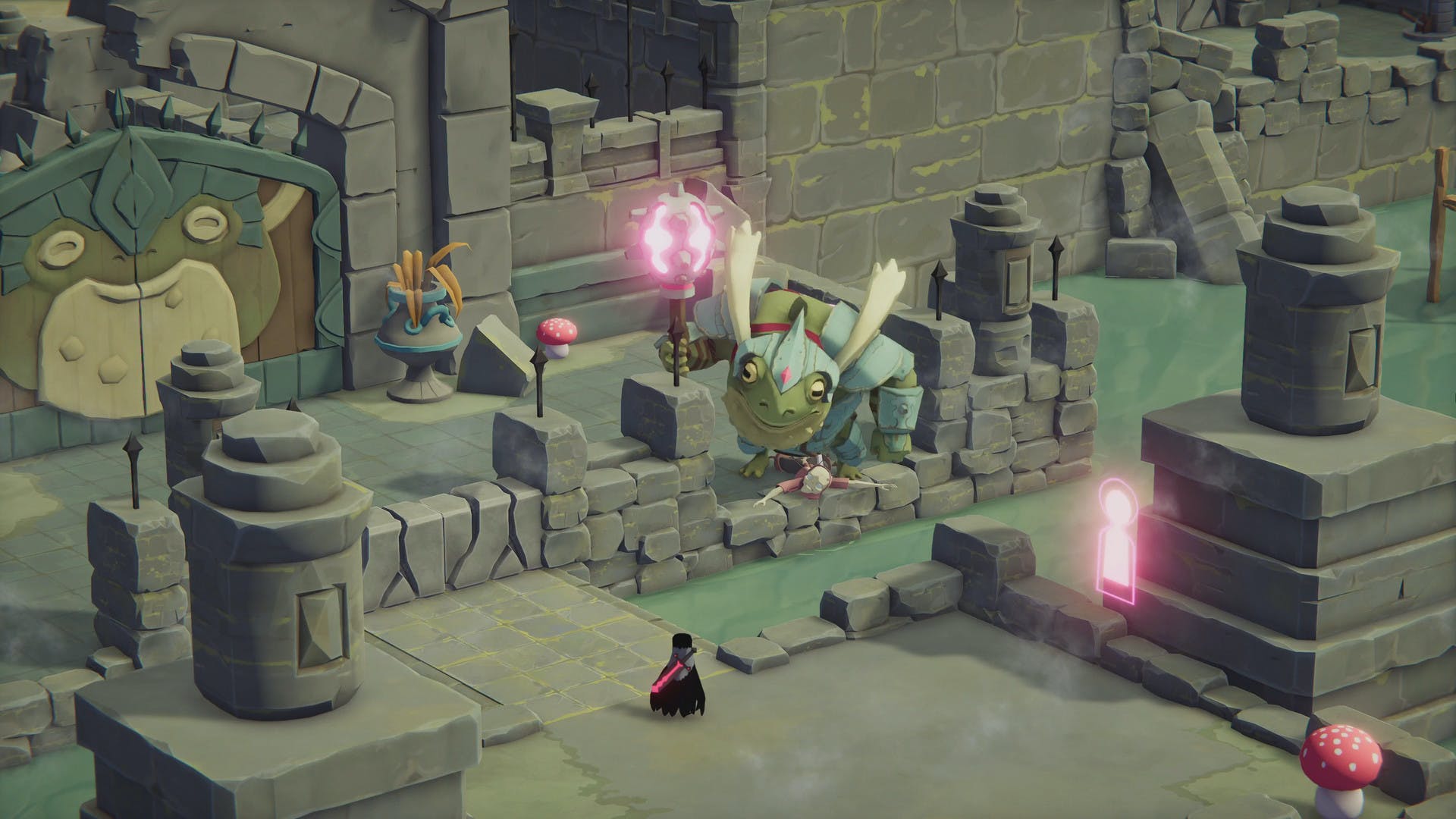
Death’s Door
Death’s Door is a master class in elegant game design. The isometric dungeon-crawler, developed by Acid Nerve (known for Titan Souls), doesn’t have a pixel out of place. Death’s Door shows you where to go but doesn’t offer explicit direction, teaches you how to fight but not how to win, and is hauntingly, unforgettably gorgeous every mile of the way. Death’s Door expertly pulls off the hat trick of making you feel like your instincts have taken the wheel, when really, the road is meticulously laid out for you.
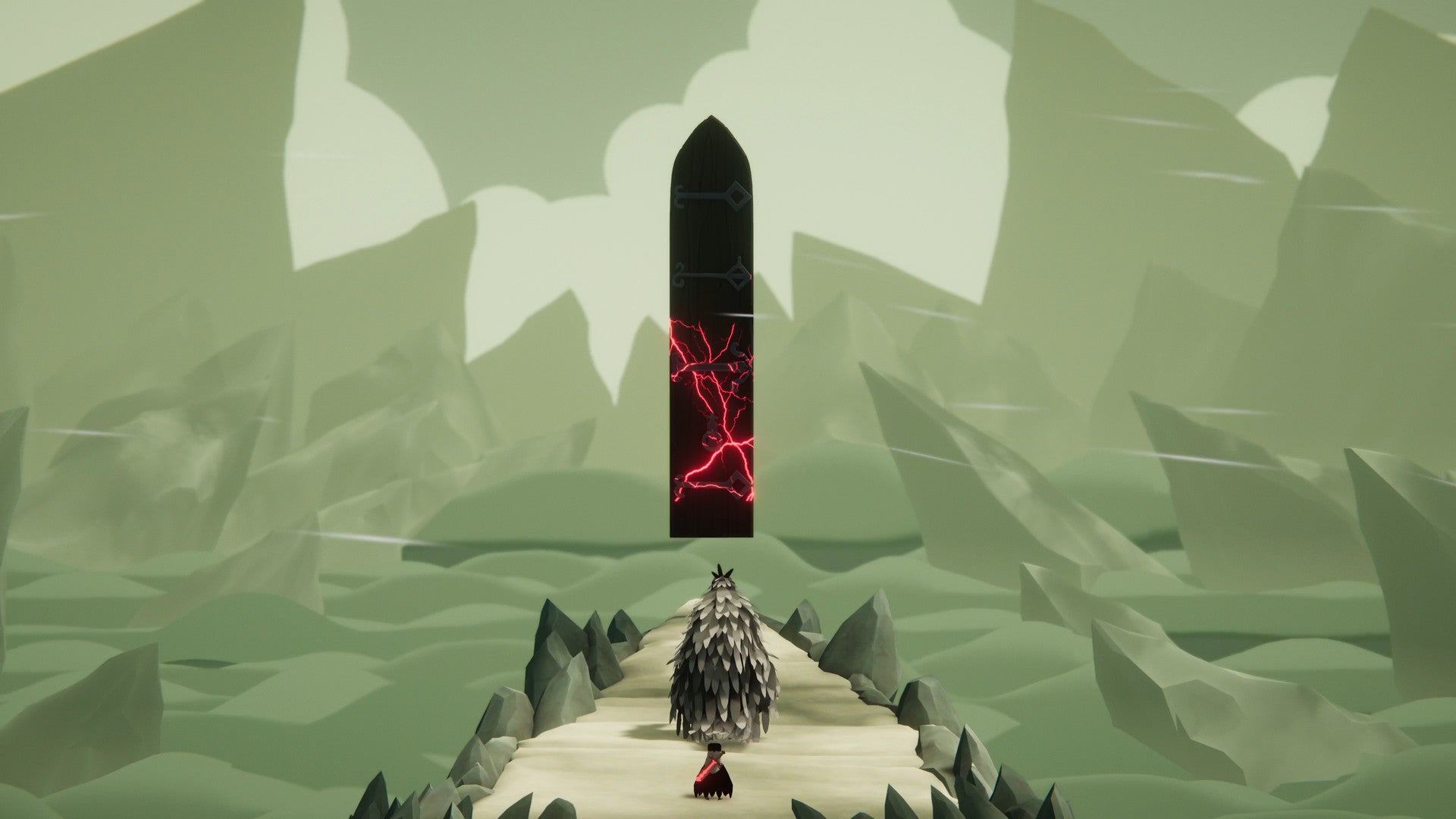
Death’s Door
Really, if there’s one game I regret not devoting more coverage to this year, it’s Death’s Door. Part of it might be the realities of the business, where much of a writer’s time is spent working on articles with as wide a reach as possible. But most of it is no doubt a result of the splash made by Death’s Door — how it showed up, had its zeitgeist moment, and moved on. For not overstaying its welcome, high marks are in order.
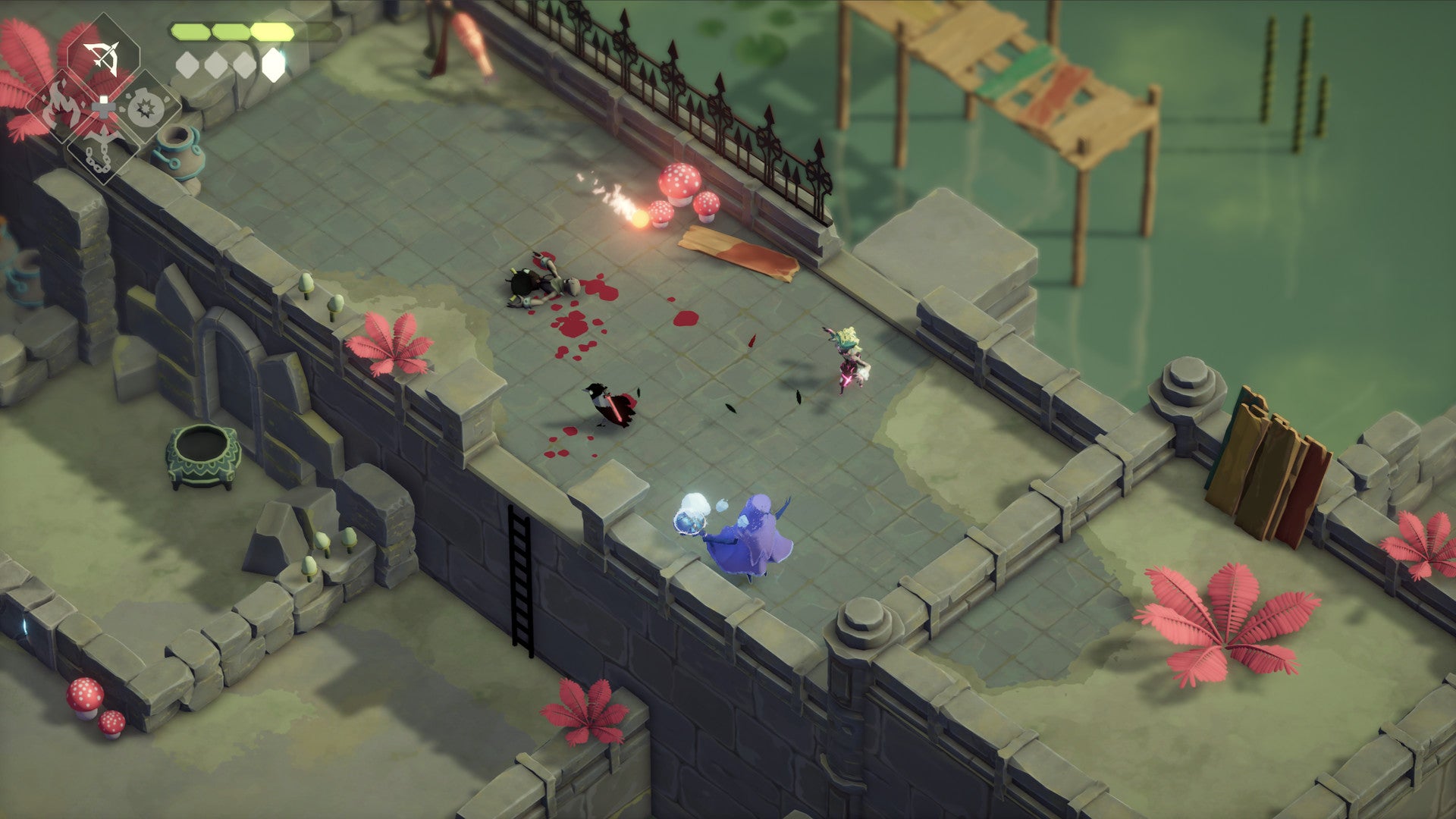
Death’s Door
At first blush, combat in Death’s Door is much like any other indie action game of the past decade. Then your arsenal slowly expands, unlocking new strategies and the occasional set-piece showdowns. One memorable battle, set on a frozen pond, has you using a grappling hook to zip from shore to shore, dancing across the ice as you slash your foes. Optional boss fights amplify your abilities, turning, say, a boring old fireball into one that deals persistent damage over time.
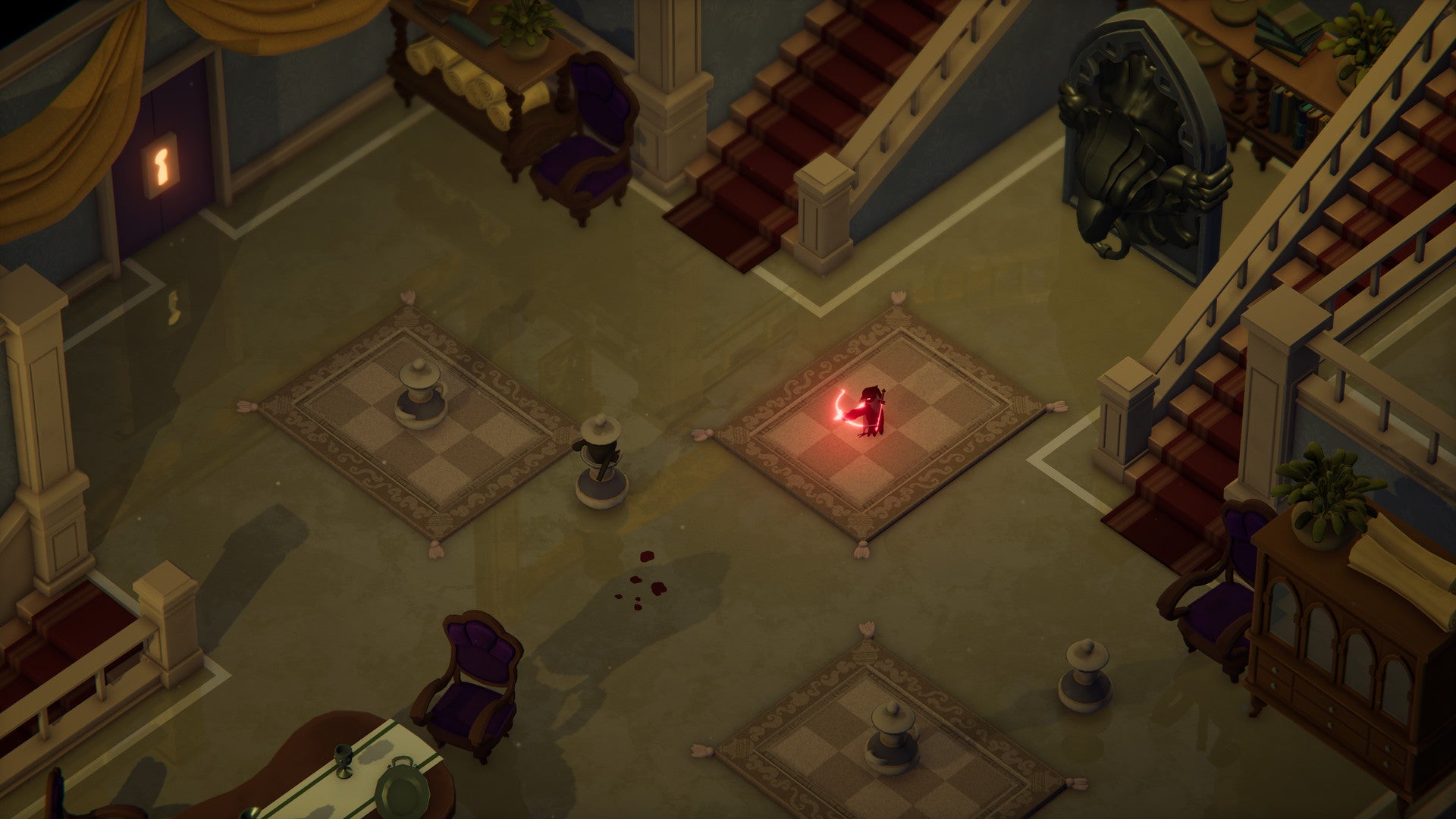
Death’s Door
The magic system in Death’s Door counterintuitively forces you to use your weapons. Every spell you use (arrows, fireballs, a truly blast-to-use of a bomb) removes a node or two of your magic metre. To replenish it, you have to land melee attacks; one hit equals one node. By design, Death’s Door ensures you play with all of its tools.
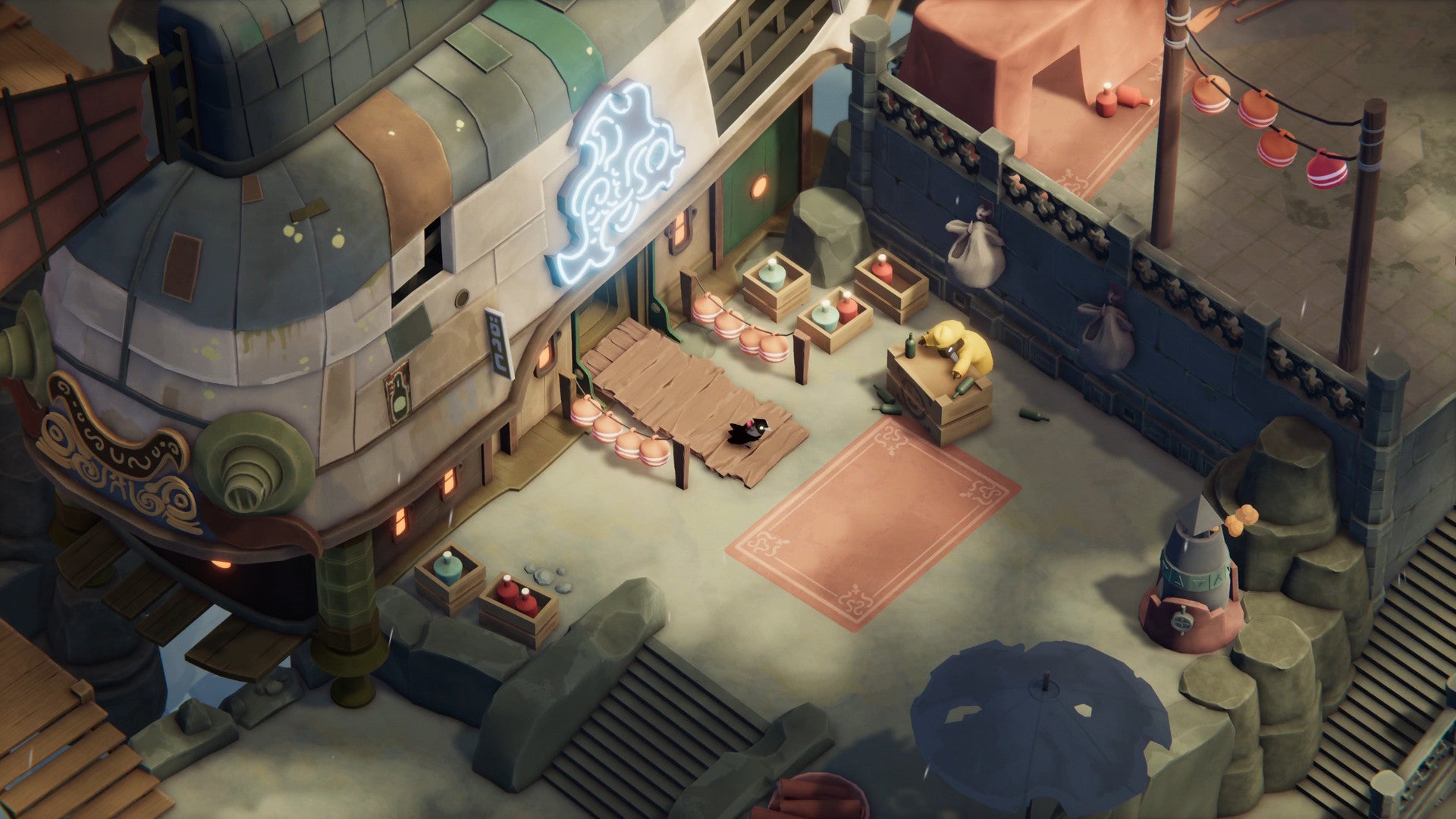
Death’s Door
Aesthetically, Death’s Door is in a tier of its own. Yes, it’s freakin’ beautiful, with a muted art style that speaks for itself. But that’s complimented by a soundtrack so catchy you could effortlessly burn a hole through the record by playing it on repeat so much. (Incidentally, “The Old Watchtowers” was among my top-played songs on Spotify this year.)
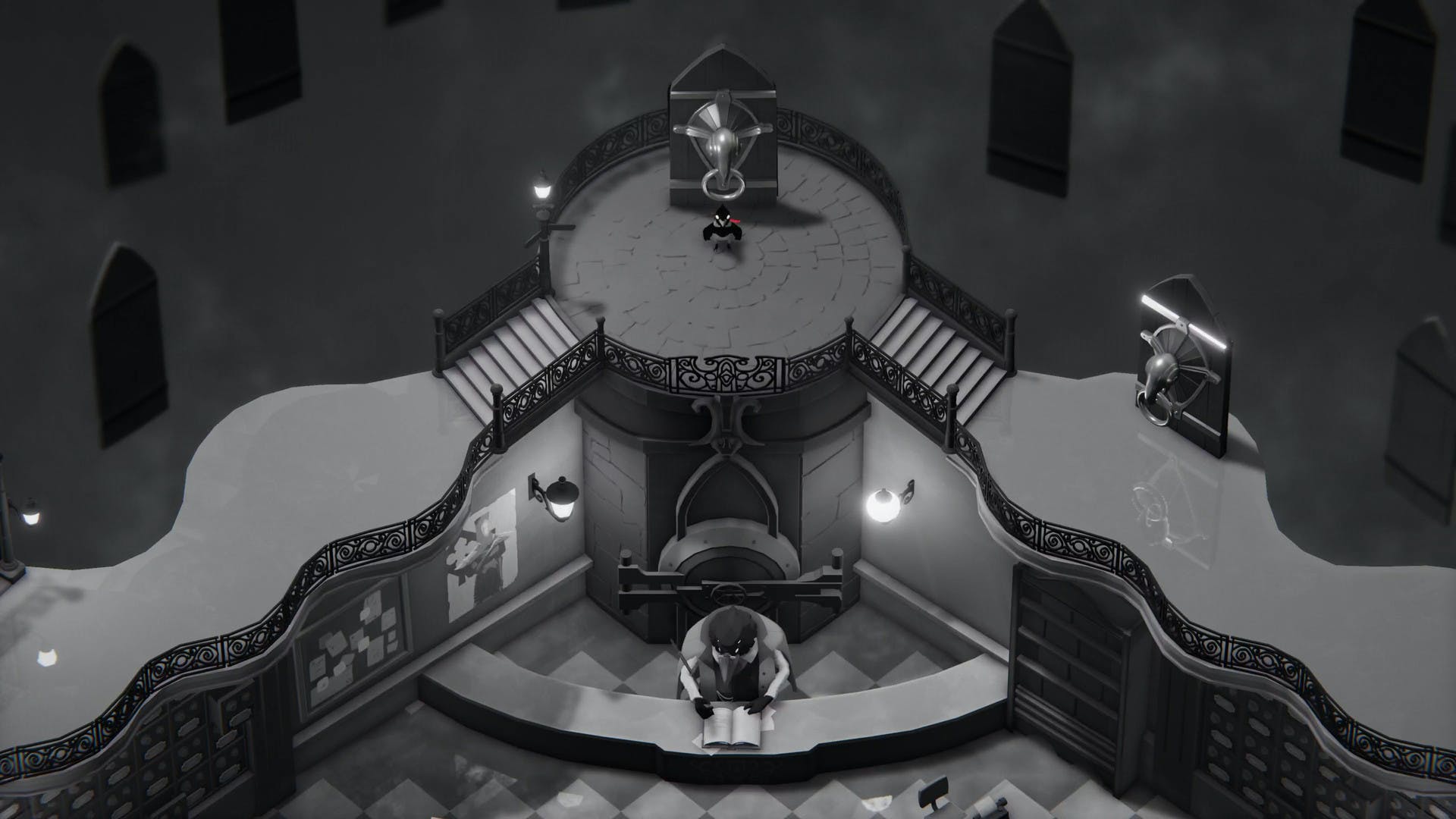
Death’s Door
Death’s Door clocks in, for most players, at a dozen hours. I finished it in a bit under 10, though I’m only at 77 per cent completion, so I can return to mop up the rest of the collectibles later on. More shorter games, please!
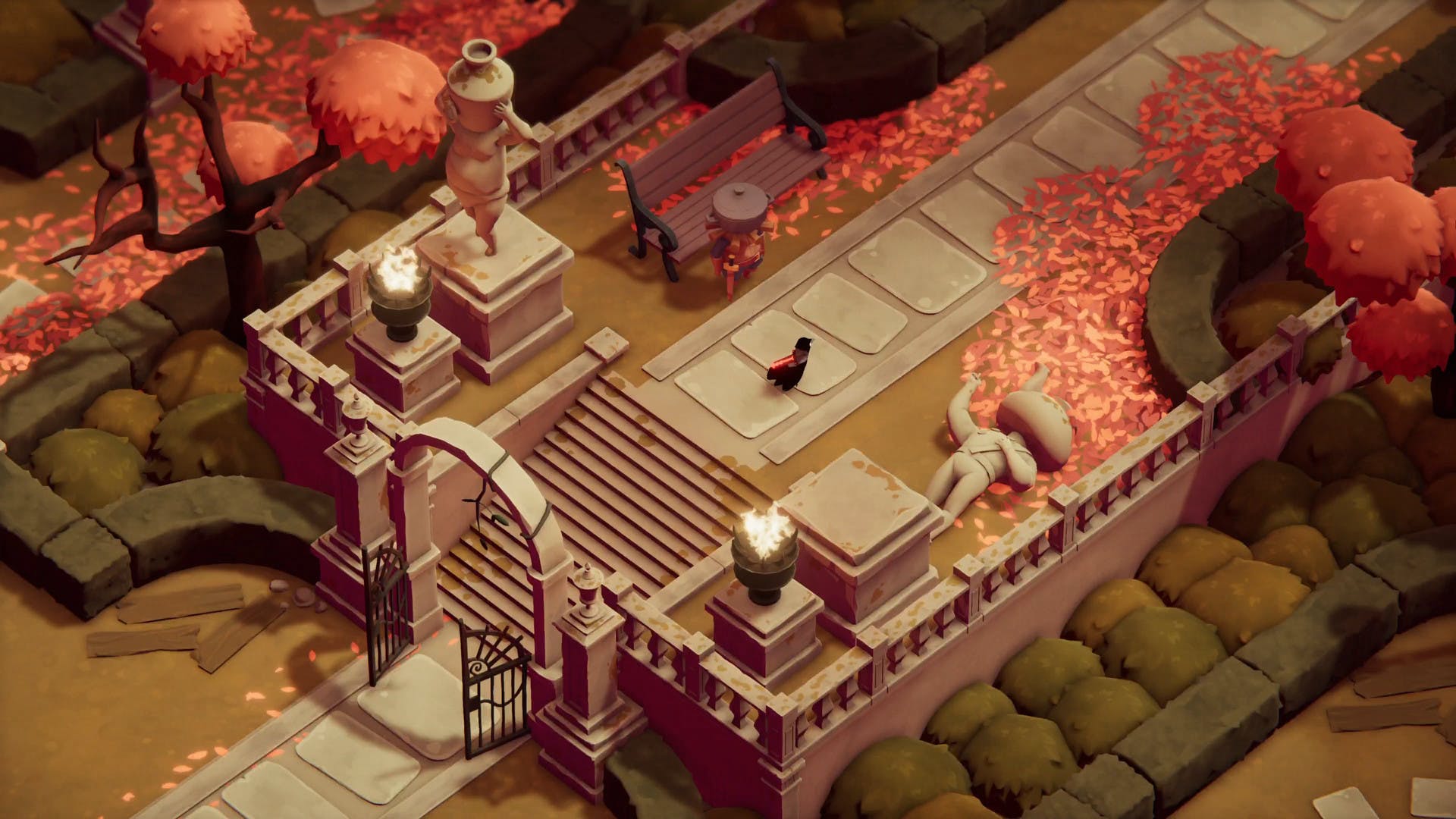
Death’s Door
The best aspect of Death’s Door is also its worst: You get lost all the time. Absent any navigational tools, like a compass or a map, you have to make your way through the world like you’re living in a pre-Mapquest decade: by relying on landmarks and a general lay of the land. Bit-part characters offer up broad headings. And you can always refer to signs set up at intersections. (One sign of the game’s attention to detail: If you chop a signpost with your weapon, you’ll cut the text in half too. The sign will still show the bottom half of the letters. A piece of wood on the ground will show the top half.)
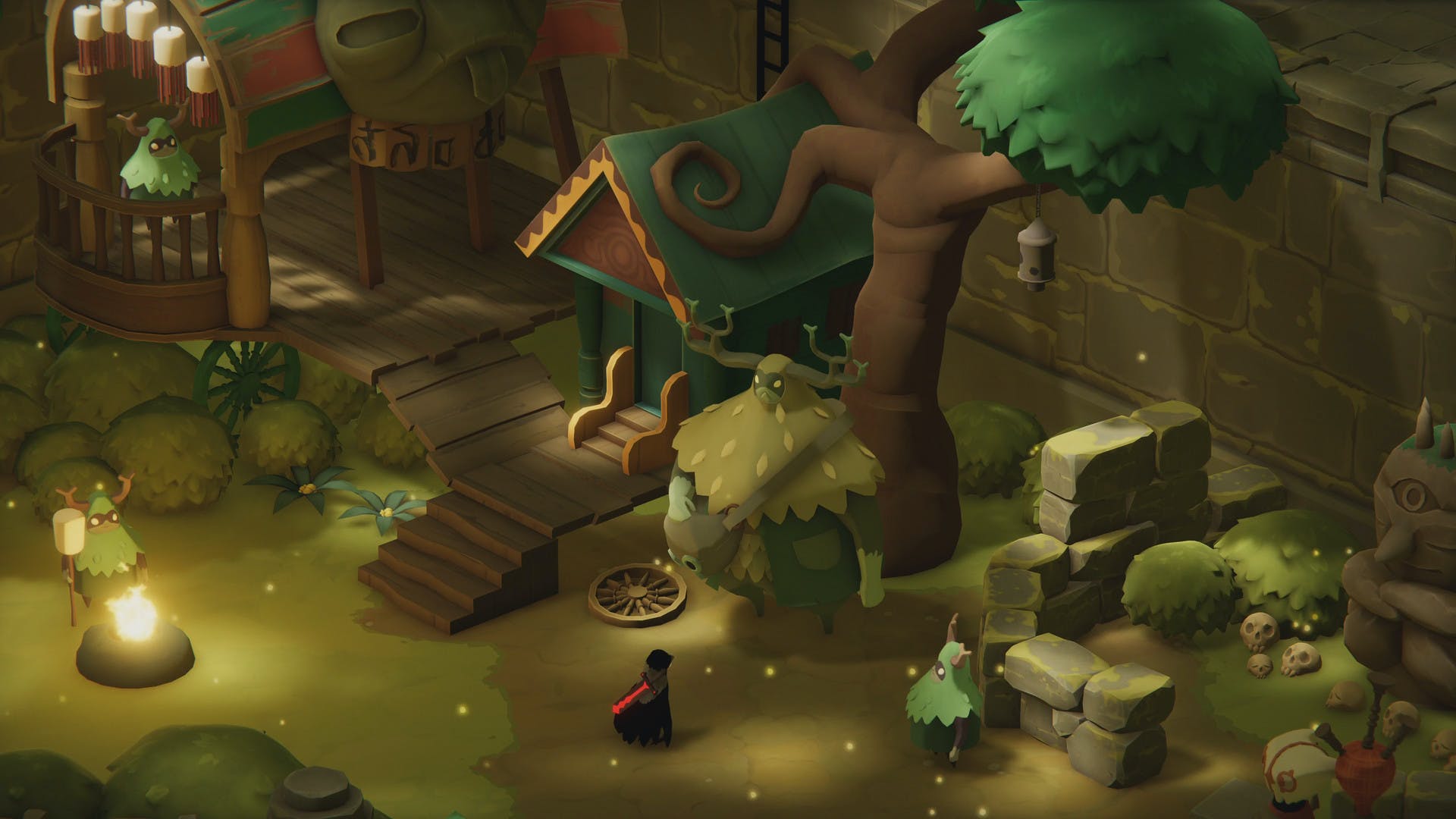
Death’s Door
The bit-part characters of Death’s Door are all, the lot of them, irresistibly charming. It’s not just the grave digger who sleeps in a six-foot hole of his own making. It’s the knight cursed to live out his days with a pot for a head. (Guess his name.) It’s the cephalopod who’s desperately pretending to be a human but is so, so obviously not a human. It’s the murder of crows staffing an agency tasked with ushering souls into the afterlife — an assignment so on the beak you can’t help but laugh.
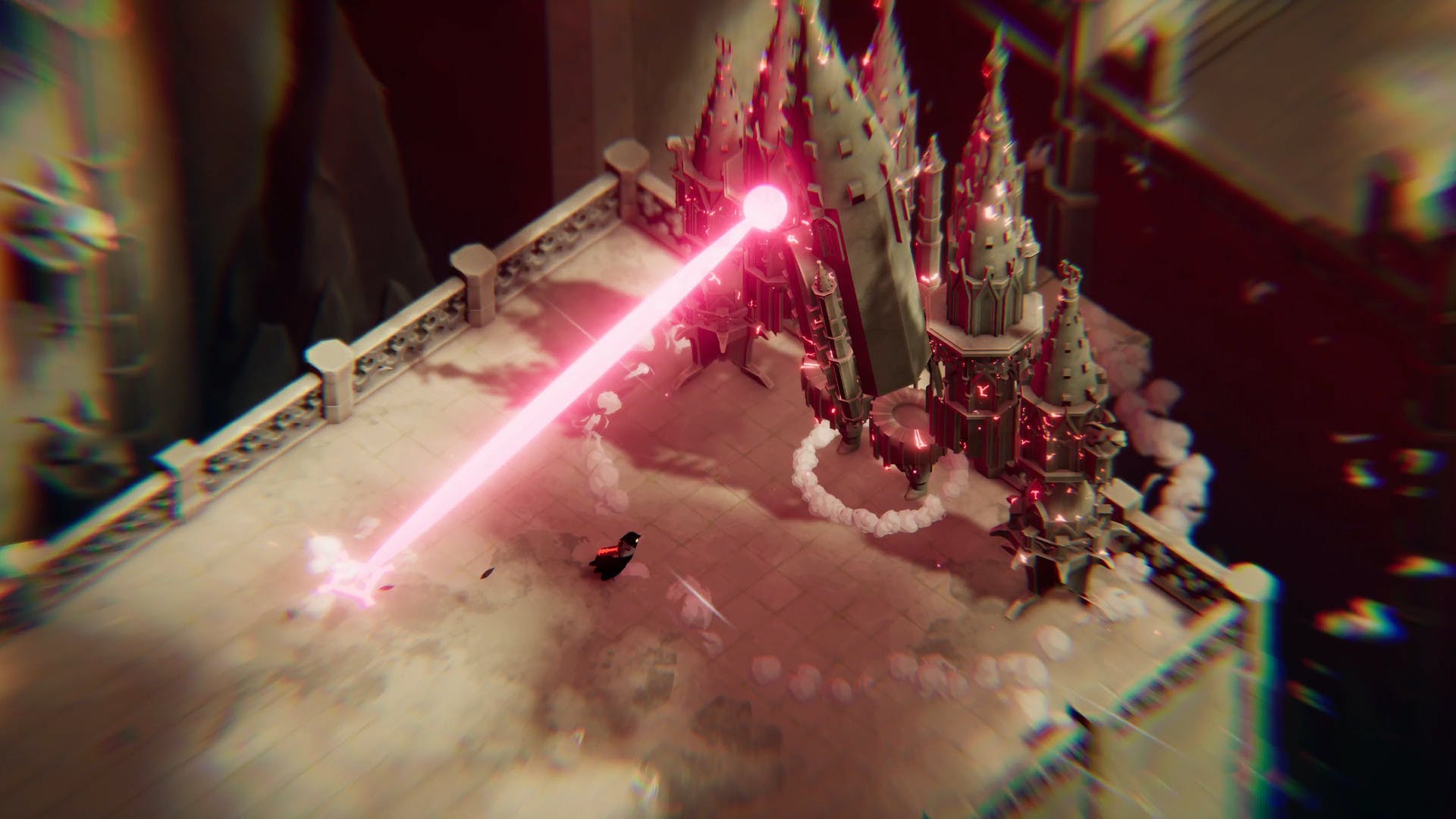
Death’s Door
Of course, Acid Nerve made a name for itself in 2015 with Titan Souls, a game about fighting bosses. The boss fights in Death’s Door do not disappoint, but few top a mind-bendingly creative late-game bout. Whereas most boss fights go down in confined arenas, this one is free of boundaries (though, yes, of course it’s a design trick). It’s all presented in a stark black-and-white colour palette, save for the hits you land, which are rendered in vivid fuschia. And no spoilers here, but in terms of emotional impact, I have just this to say: Oooof.
Read More: The Boss Fight That Proves Death’s Door Is On Another Level
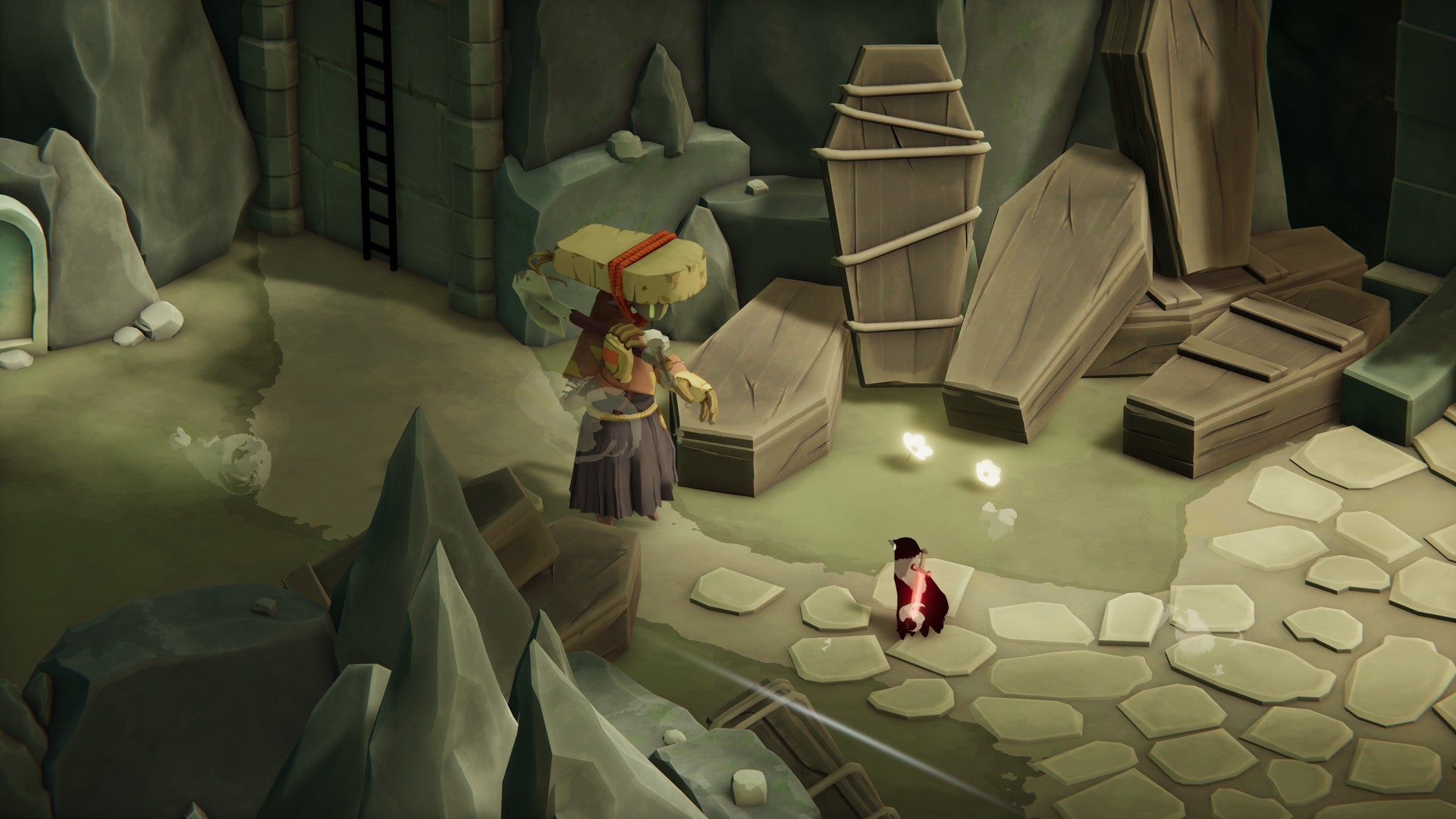
Death’s Door
You might get the sense that Death’s Door is little more than a rock-solid action game, and yes, it is that. But beyond it all, Death’s Door has a lot to say — as a meditation on life and loss, on accepting when your number is up, on coming to terms with the cold truth that life is finite, and on the soul-shifting realisation that spending your time fighting against inevitability will result in nothing but a broken heart. Heavy stuff for a tiny crow.
Obligatory “honorable mentions” section
Hitman 3 set a new standard for modern stealth games, while also being the funniest game…maybe ever? Guardians of the Galaxy more than made up for middling action with a riveting plot anchored by a razor-sharp script. Returnal covered the kickass action front (while also kicking my arse). Last Stop, a narrative-driven adventure game, kept me on the edge of my seat. Scarlet Nexus and Tales of Arise both scratched the long-unattended Tales itch, though I do wish Bandai Namco spaced those out by at least a year. The puzzle games Unpacking and Maquette challenged the heart as much as the head. Ratchet & Clank: Rift Apart accomplished the seemingly impossible feat of easily onboarding newcomers to a series of action games that started in the paleolithic. Still working my way through Mass Effect Legendary Edition, but that’s been a damn fun trilogy to return to (in crispy 4K, at that). Solar Ash thoroughly confounded me, but in the two months since I’ve rolled the credits, I haven’t stopped thinking about it, which is more than I can say for most games. It is genuinely astonishing how many genres are packed into the co-op game It Takes Two. For a fleeting moment, I sat on top of Skate City’s global leaderboards. Forza Horizon 5 let me go zooooom. In six weeks, I’ve played, uh-oh, 135 hours of Halo Infinite.
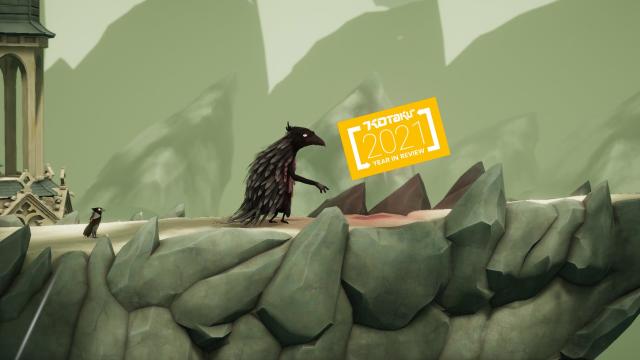
Leave a Reply